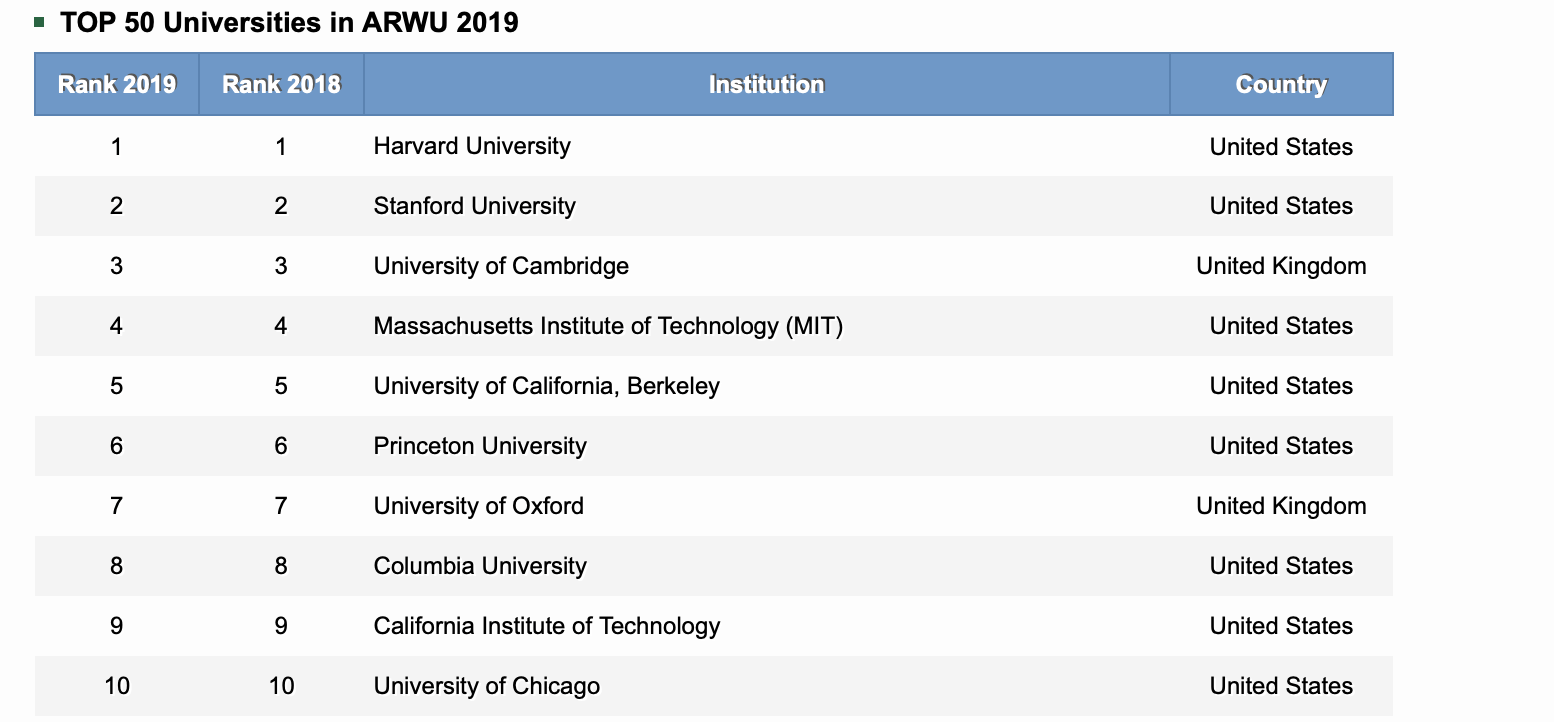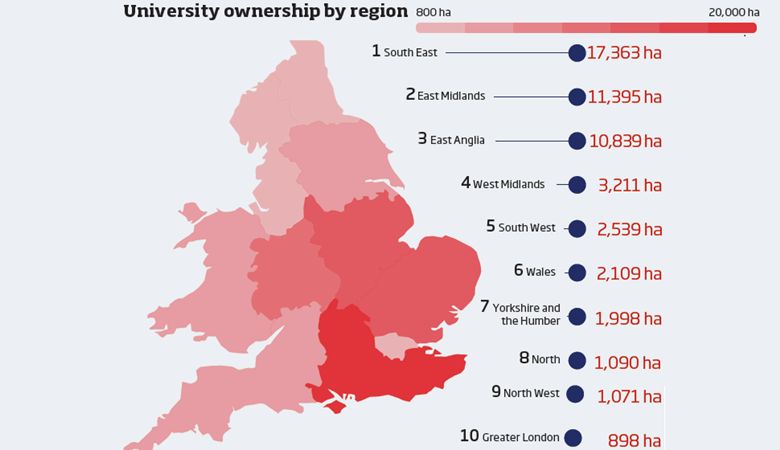It all used to be so simple. First it was just The Times league table of UK universities, then we had the Guardian and the Complete University Guide. Internationally, it started straightforwardly enough with the SJTU world ranking which was followed before too long by the Times Higher and QS.
Before you could say ‘dubious methodology’ though there were dozens and dozens of league tables, both international and domestic but also on every higher ed topic imaginable from the cheapest university towns to the best places for a night out.
This recent post covered a few new rankings including the latest offerings from QS, U-Multirank and a niche one from Uzbekistan.
And we also covered several rather dodgy league tables which ranked affordable cities and kebab pricing and another which offered some extremely novel approaches to sorting universities, including via tortoise racing…
Strong and stable
Of course the SJTU one is still going and you can find the latest Academic Ranking of World Universities here.
It remains pretty stable as the top 10 reveals:

Very stable indeed. Harvard is on top for the 17th year in a row. Congratulations to them.
But there are many other league tables too and here are some you might have missed recently.
Bright lights, big city
First up is the annual, QS Best Student Cities ranking which claims that it
showcases the best urban destinations for international students, based on a diverse range of indicators grouped into five key categories. Up to 2016, these categories consisted of: University Rankings, Student Mix, Desirability, Employer Activity and Affordability.
Plus they also throw in a student view of each city.
The top ones are very much as you would expect – London, Tokyo, Melbourne, Munich, Berlin – but the bottom 10 places are much more interesting. You’ll never guess which cities are officially the worst to study in according to QS. The bottom 10 are as follows
Islamabad
Almaty
Delhi
Dallas
Chennai
Lahore
Quebec
Kiev
Leicester
Minsk
They’ll be queuing up to study in Belarus now.
Land of my fathers
Just as controversial perhaps there is this exciting new ranking of land ownership by universities in in the UK. No prizes though for guessing which two ancient universities have the lion’s share of acreage in the country:
Universities in England and Wales own more than 52,000 ha of property and developable land between them.
Oxford and Cambridge universities are by far the largest landowners, holding a combined 41,580 acres, almost 80% of all university-owned land.
“As the institutions are centuries old, this property is likely to have been amassed over time through a number of means, ranging from payments, gifting, inheritance and as forms of investment,” says Andrew Lloyd, managing director of Search Acumen, which used Land Registry ownership data to compile the report.
Many of the other universities with significant land holdings have a strong agricultural focus, such as Aberystwyth, the University of Reading, Harper Adams University and Bangor University, where land is partly used to serve their agricultural and environmental colleges.

So, Oxbridge win again – doesn’t seem fair really, does it?
There must be a few league tables where other universities get a look in though. Ah, here we go, a top 10 of UK universities involved in a virtual fighting game. In Reality Clash, students apparently roam campuses to defend territory and fight with their friends in real-time virtual battlegrounds.
Let’s have a look at the press release:
It’s AR mobile gaming as never seen before, with players navigating a 3D map, mining at specific locations for resources, building or customising unique guns and, most importantly, engaging in virtual combat.
And now it has revealed the Top 10 UK university locations in which Reality Clash players have been skirmishing with each other and mining for resources:1. University of Birmingham
2. University of Bournemouth
3. University of Essex
4. University of Nottingham
5. University of Exeter
6. University of Chester
7. University of Teeside
8. University of Portsmouth
9. University of Central Lancashire
10. Keele UniversityNot only does the data give an insight into how students are playing the game on campus, but it also highlights just how much they are getting ‘out and about’, subverting several clichés in the process.
Indeed, consider those cliches subverted. I’m sure it is all good clean fun and it’s great to have a novel league table like this one for a change.
A ranking of quality

Although here’s a bit more novelty from those ever creative rankers over at The Tab, where they have come up with a league table of British universities based on how lame their alumni are. This is a work of some significant creative effort:
you can tell a lot about a university by the quality of their famous alumni. Obviously we’re not talking about the bumout scientists and academics, because honestly no one cares. No, we’re talking bona fide celebs.
We’ve found out which universities actually have famous alumni, given them all a score out of 10, and ordered them by how lame they those alumni are
The scores start at minus 3 out of 10 for Exeter mainly because of Katie Hopkins and on account of JK Rowling creating adult Harry Potter fans. Harsh. Oxford makes it up to 0 out of 10 and Newcastle achieves a mighty 4/10, mainly because of Rowan Atkinson. Warwick comes out top of the pile though with 10/10 on account of being the alma mater of Ruth Jones, aka Nessa out of Gavin and Stacey.
Full marks to The Tab for that one. There are no doubt plenty of other novel ones out there which we’ll update you on once we have the strength.













I once read that it is possible to walk from Oxford to Cambridge entirely on land owned by one or other institution. I don’t suppose it’s true but it underlines the point of where the wealth is.
I wouldn’t trust a ranking that confuses hectares and acres. 41,000 acres is only 16,400 ha which certainly isn’t 80% of 52,000 ha.